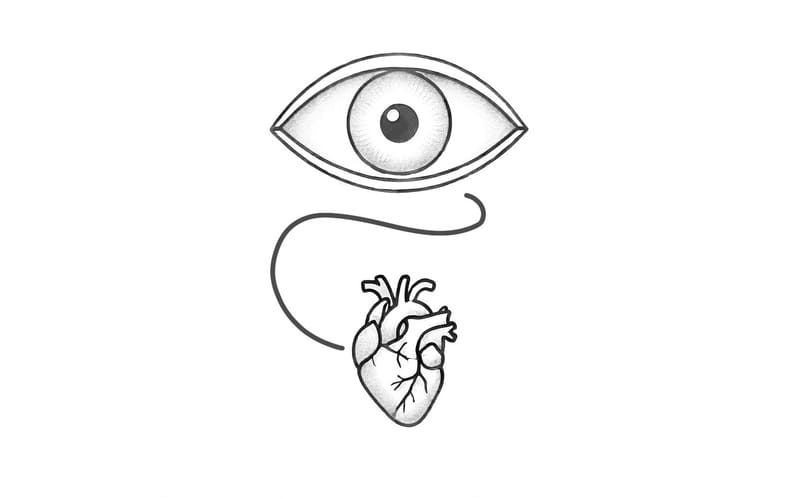Cardiovascular Screening

Revolutionizing Cardiovascular Disease Prediction Through Eye Imaging
Cardiovascular diseases (CVDs) are the leading cause of death globally, responsible for 17.9 million fatalities each year—accounting for 32% of all deaths worldwide. Early diagnosis is crucial to reducing this staggering statistic. At Biotransport Systems Developments, we are pioneering an innovative deep learning solution that uses eye imaging to predict the risk of coronary artery disease (CAD) and coronary heart disease (CHD) before costly and invasive procedures become necessary.
We have developed a comprehensive data science framework that utilizes retinal fundus images (RFI) alongside patient data—such as age, smoking history, and blood test results—to predict cardiovascular risk factors. By analyzing over thousands of RFI from diverse patient populations, our early alert system can identify potential CAD and CHD cases at over 95% accuracy, while minimizing the need for expensive diagnostics like CT angiography and cardiac MRI.
 Vessel Segmentation Result
Vessel Segmentation Result
Key Features of Our Solution
Our solution integrates advanced deep learning models with state-of-the-art image processing techniques to accurately predict cardiovascular risks. We employed an Attention-based UNet model pre-trained on extensive RFI datasets and fine-tune it with Graph Convolutional Neural Networks (GCNNs). We also overcome data scarcity through transfer learning. These approaches enabled precise vessel segmentation and biomarker extraction, significantly improving CVD prediction accuracy while reducing reliance on invasive procedures.
Our preliminary models have shown promising results in automated optic disk identification, artery and vein segmentation, and biomarker extraction. To enhance these outcomes, we are generating more segmented images using specialized software like SIVA (Singapore “I” Vessel Assessment) and VAMPIRE (Vessel Assessment and Measurement Platform for Images of the Retina), along with open-source tools.
Be our partner
By offering a non-invasive, accurate, and cost-effective method for early CVD risk prediction, our technology has the potential to transform preventive healthcare. Investors and stakeholders have the opportunity to be at the forefront of a groundbreaking solution that could save millions of lives and reduce healthcare costs globally.